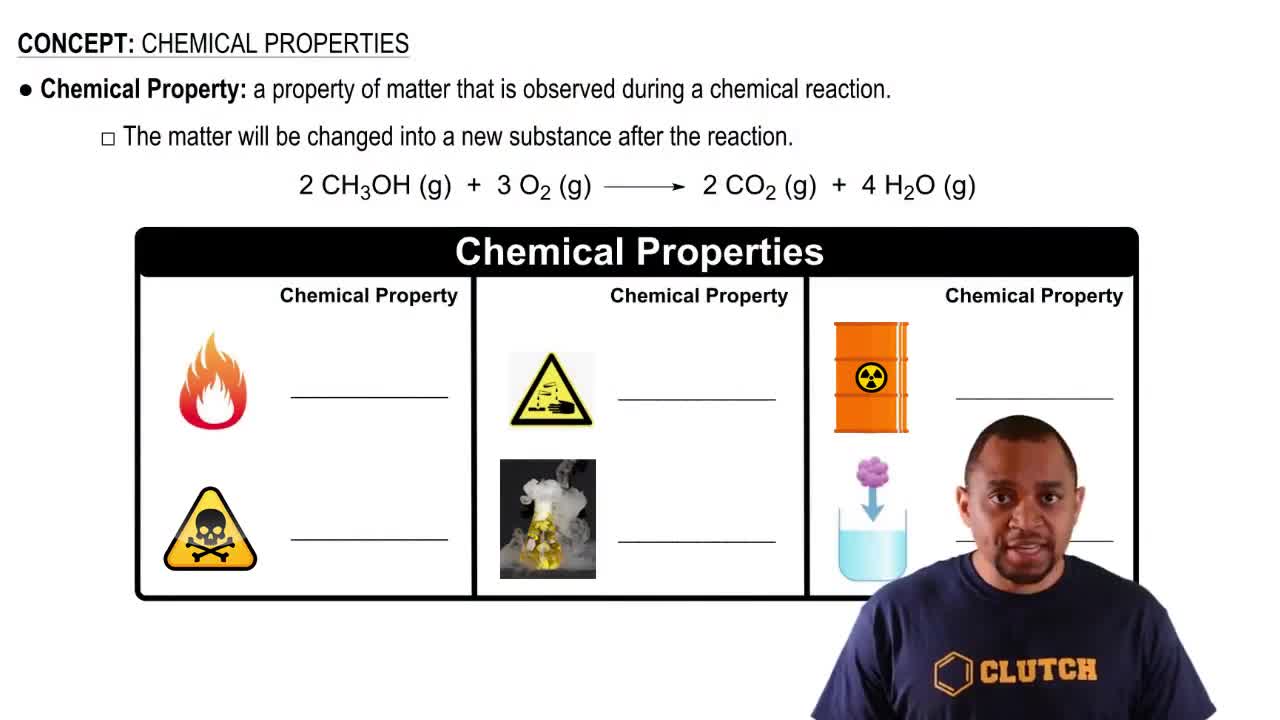Here are the essential concepts you must grasp in order to answer the question correctly.
Molecular Structure and Polarity
Ammonia (NH3) and phosphine (PH3) have distinct molecular structures that influence their properties. Ammonia has a trigonal pyramidal shape due to the presence of a lone pair on nitrogen, making it polar and capable of hydrogen bonding. In contrast, phosphine has a similar structure but is less polar due to phosphorus's larger size and lower electronegativity, resulting in weaker intermolecular forces.
Recommended video:
Boiling Points and Volatility
The boiling points of ammonia and phosphine differ significantly due to their molecular interactions. Ammonia has a higher boiling point (−33.34 °C) because of strong hydrogen bonds, while phosphine has a lower boiling point (−87.7 °C) due to weaker van der Waals forces. This difference in boiling points reflects their volatility and stability as gases at room temperature.
Recommended video:
Reactivity and Chemical Behavior
Ammonia and phosphine exhibit different reactivities due to their molecular characteristics. Ammonia is a strong base and can readily donate a proton, participating in various acid-base reactions. Phosphine, on the other hand, is less basic and more stable, making it less reactive under similar conditions. This difference affects their roles in chemical reactions and their applications in various fields.
Recommended video:




